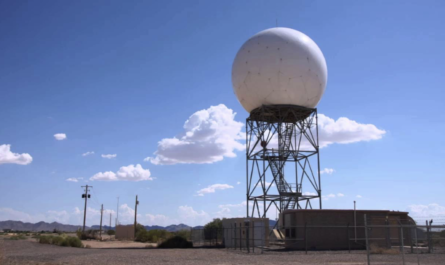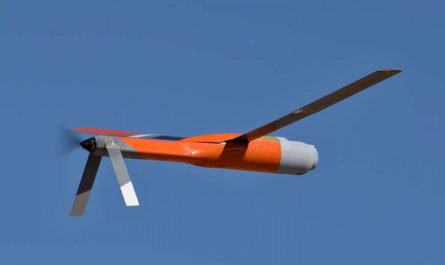Aviation is responsible for around 2-3% of global carbon emissions, primarily from jet fuel use. With air travel demand projected to triple by 2050, developing alternative fuel options for aircraft is crucial for reducing the industry’s environmental impact. Hydrogen is emerging as one of the most promising clean aviation fuel technologies. Several companies are working on developing hydrogen fueled passenger aircraft that could enter service within the next decade. This article explores the potential of hydrogen aircraft and the progress being made towards bringing them to market.
Challenges of Transitioning to Hydrogen
Making the switch from traditional jet fuel to hydrogen poses some significant technical challenges that require extensive research and development. Producing, storing, and handling hydrogen safely aboard aircraft is more complex than conventional kerosene-type jet fuel. Some of the primary challenges include:
– Storage: Hydrogen has a much lower energy density by volume than jet fuel, so larger and more advanced storage tanks are needed to provide sufficient range. Cryogenic liquid hydrogen tanks must be very well insulated to prevent boil-off.
– Infrastructure: A network of hydrogen refueling and production facilities would need to be established at airports worldwide to support fleet operations. Developing such infrastructure represents a major investment.
– Aircraft Design Changes: Adapting current airplane designs or developing new ones optimized for hydrogen requires reworking various Hydrogen Aircraft systems like fuel distribution, engines, wings, and control surfaces.
– Safety: Strict safety measures and certification standards must be established and proven to assuage concerns over potential hydrogen leaks, fires or explosions during operation or maintenance.
Despite these hurdles, the potential environmental and economic benefits of hydrogen have spurred significant progress in overcoming technical barriers through technology demonstrations and research programs.
Progress in Hydrogen Aircraft Development
Aviation companies view hydrogen as pivotal to achieving their long-term sustainability goals. Major players like Airbus, Boeing, and ZeroAvia have unveiled proof-of-concept and prototype hydrogen aircraft in recent years:
– Airbus ZEROe Concept: In September 2021, Airbus revealed three concept designs for zero-emission commercial aircraft powered by hydrogen—a turbofan design for short-haul flights and two turboprop designs. A technology demonstrator could fly by 2035.
– ZeroAvia Piper M-Class: In 2021, British startup ZeroAvia conducted the world’s first hydrogen-electric passenger plane flight using a 6-passenger Piper M-class aircraft modified with a 80kW hydrogen fuel cell system. The 19-minute flight had a range of over 250 miles.
– Hy4/H2Fly Projects: In 2020, German startup H2Fly flew a four-seat retrofitted Cessna 172 on hydrogen fuel cells with a 2-hour endurance. The Hy4 project aims to develop a hydrogen hybrid-electric commuter aircraft by 2025.
– Universal Hydrogen: The LA-based company is developing modular liquid hydrogen fuel capsules that can be loaded onto conventional regional aircraft like the De Havilland Dash 8, replacing traditional jet fuel tanks.
Some governments are also pursuing hydrogen aviation programs through public-private partnerships and research funding. For example, the EU’s Clean Aviation JU program includes various hydrogen aircraft demonstration projects through the 2020s.
Hydrogen Economics and the Path to Commercialization
For hydrogen-electric aircraft to reach the mass market, technology costs need to decrease significantly while infrastructure scales up. Life cycle analysis also shows hydrogen can achieve overall lower operating emissions versus conventional jet fuel if produced from renewable energy sources. Key factors supporting the business case include:
– Lower Maintenance: Hydrogen fuel cells have far fewer moving parts than gas turbines, offering reliability and maintenance cost advantages over the long run.
– Infrastructure Grants: Government investments in early-stage hydrogen hubs and airport fueling could help overcome the initial infrastructure challenge, similar to strategies used for renewable electricity and EV charging networks.
– Carbon Pricing: Internalizing external carbon costs through emissions trading or carbon taxes would level the economic playing field between hydrogen and conventional jet fuel more quickly.
Industry analysts project that shorter regional routes of 500 miles or less could be hydrogen-powered by the late 2020s if development targets are achieved. Large 100-200 passenger aircraft entering transcontinental service may follow in the 2030s or early 2040s once fuel cell and storage technologies allow 1000+ mile ranges. Widespread commercial deployment ultimately depends on solving technology challenges while controlling costs to achieve airlines’ sustainability and budgetary objectives.



